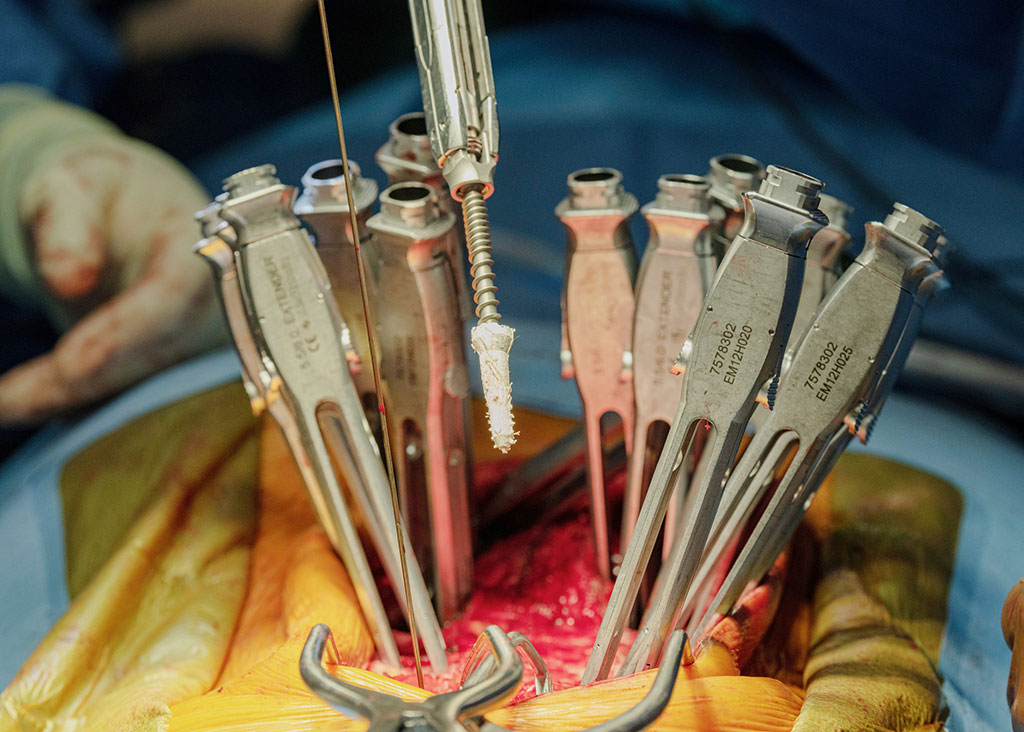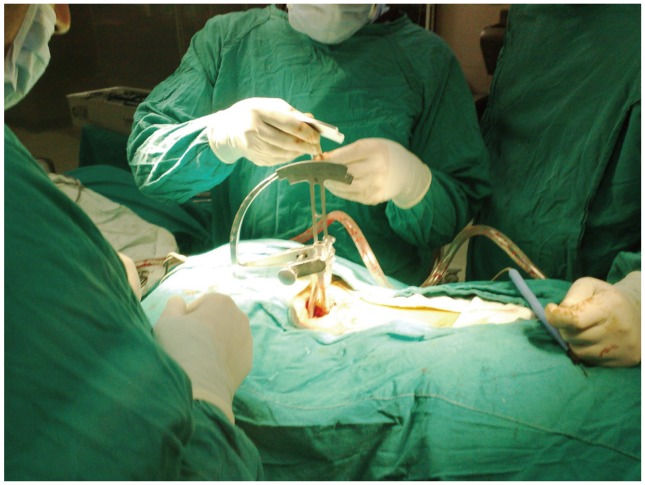The human spine is a marvel of nature, a complex structure of bones, discs, and ligaments that provide support, flexibility, and protection to the spinal cord. Unfortunately, it is also susceptible to various injuries and degenerative conditions, leading to chronic pain and disability for millions of individuals worldwide. One of the remarkable advancements in spinal surgery is the use of pedicle screws in spinal fusion procedures. In this article, we will delve into the world of pedicle screws, their role in spine fusion, and the benefits they offer.
Understanding Spinal Fusion
Before we delve into the role of pedicle screws, let’s first understand spinal fusion. Spinal fusion is a surgical procedure that aims to stabilize and fuse two or more adjacent vertebrae in the spine. This process is often performed to treat conditions such as spinal fractures, degenerative disc disease, scoliosis, and spinal tumors. The primary goal is to eliminate motion between the fused vertebrae, thereby reducing pain and restoring stability to the spine.
The Role of Pedicle Screws
Pedicle screws are a critical component of spinal fusion surgery. These screws are specially designed to anchor into the pedicles, which are small, bony protrusions on the posterior side of each vertebra. When placed correctly, pedicle screws provide strong and stable fixation, allowing the fusion process to occur effectively.
The placement of pedicle screws is a delicate and precise procedure, often guided by fluoroscopy or computer-assisted navigation systems. Surgeons carefully insert these screws into the pedicles of the affected vertebrae, ensuring that they are firmly anchored. Once in place, these screws serve as anchor points for rods, plates, or other instrumentation that immobilizes the spine during the fusion process.
Advantages of Pedicle Screws in Spinal Fusion
Enhanced Stability
Pedicle screws offer superior stability compared to other fixation methods. This stability is crucial during the fusion process because it reduces the risk of non-union, a condition where the vertebrae fail to fuse properly. By preventing excessive motion, pedicle screws promote bone growth between the fused vertebrae, increasing the chances of a successful fusion.
Improved Fusion Rates
Studies have shown that the use of pedicle screws in spinal fusion procedures can lead to higher fusion rates. The stability provided by these screws creates an optimal environment for bone grafts to integrate successfully, ultimately leading to better patient outcomes.
Minimized Postoperative Pain
Stabilizing the spine with pedicle screws can also result in reduced postoperative pain. With less motion at the surgical site, patients experience less discomfort during their recovery, making the rehabilitation process smoother and more tolerable.
Greater Correction Capabilities
In cases of spinal deformities, such as scoliosis, pedicle screws offer greater correction capabilities. Surgeons can use these screws to realign the spine more effectively, providing improved spinal curvature and better overall patient posture.

Shorter Hospital Stays
The increased stability provided by pedicle screws often allows for shorter hospital stays. Patients can recover and return to their normal activities more quickly, reducing healthcare costs and improving their overall quality of life.
The Future of Spinal Fusion with Pedicle Screws
As medical technology continues to advance, the future of spinal fusion with pedicle screws looks promising. Surgeons are now using minimally invasive techniques to place these screws, reducing surgical trauma and speeding up recovery times. Additionally, advancements in materials and designs are making pedicle screws even more reliable and durable.
Conclusion
Pedicle screws have revolutionized the field of spinal fusion, offering enhanced stability, improved fusion rates, and better patient outcomes. As we look to the future, these screws are likely to play an increasingly vital role in spinal surgery, further improving the lives of individuals suffering from spinal conditions. With their precise placement and remarkable stability, pedicle screws are unlocking new possibilities for spinal fusion and helping patients regain their quality of life.




